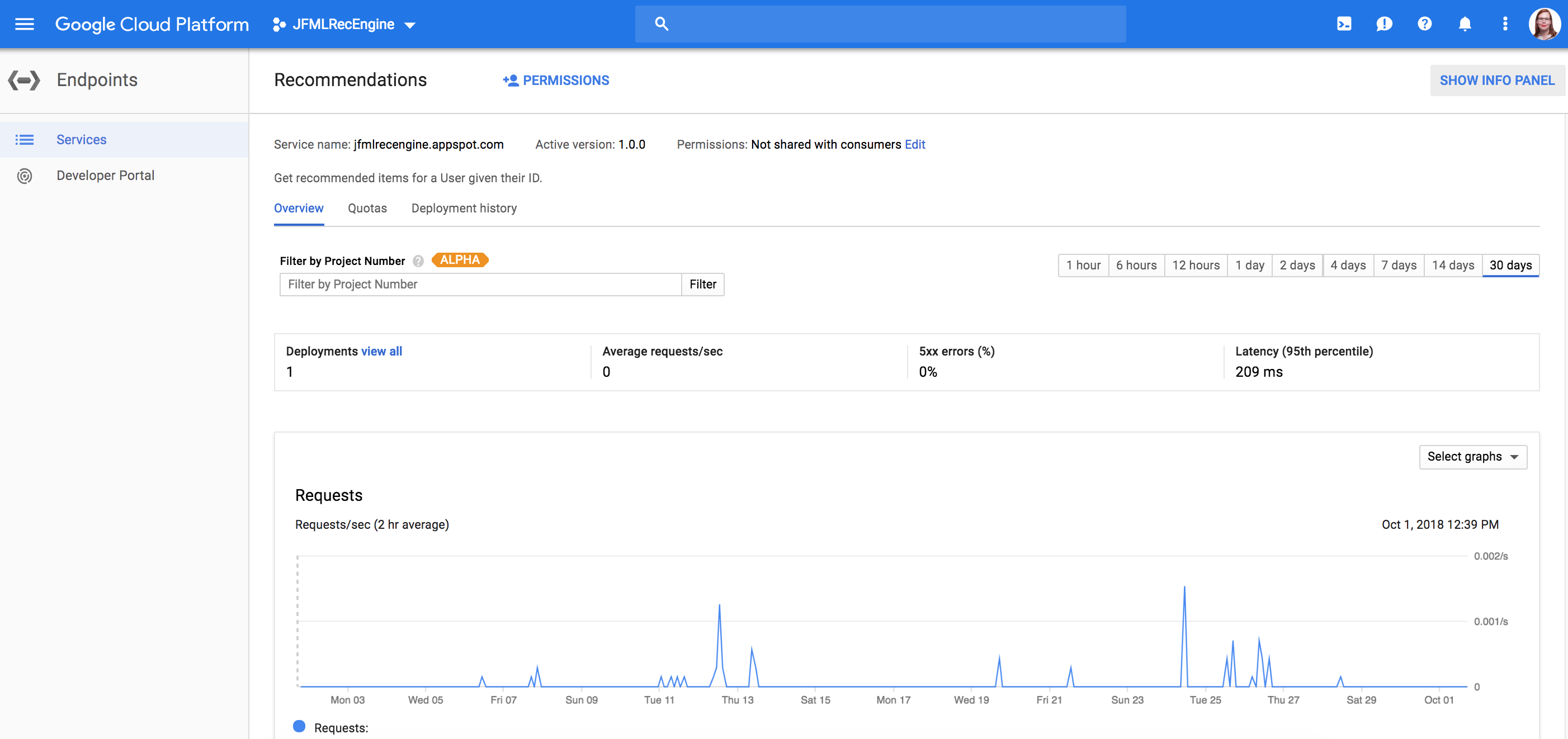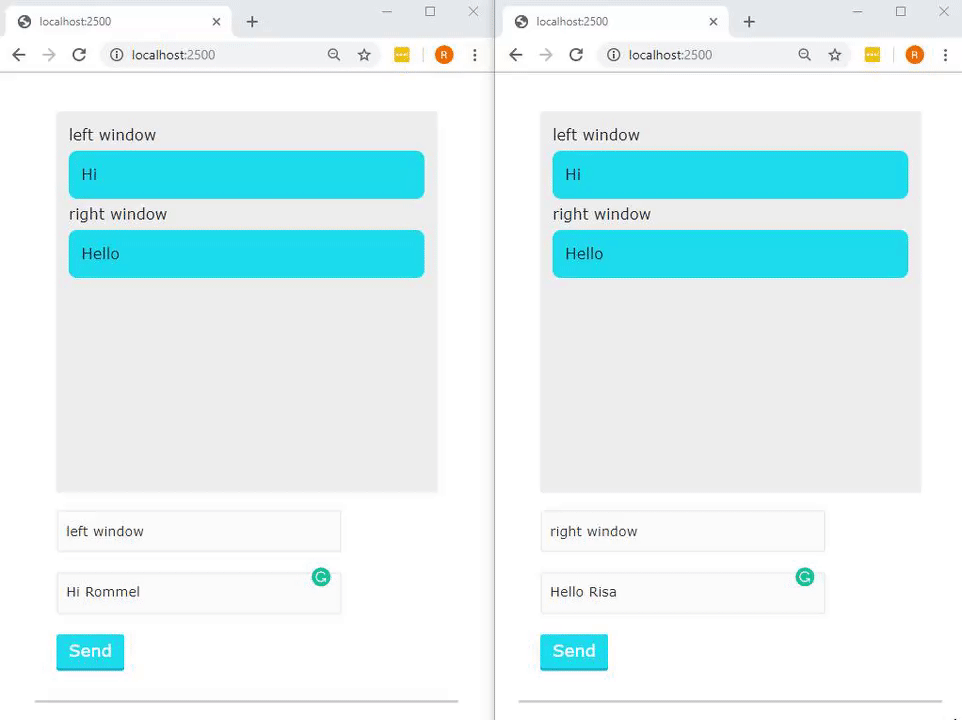

In our application, we won’t be using Angular.js, as we are not building an HTML user interface. The MEAN stack is a modern replacement for the LAMP (Linux, Apache, MySQL, PHP/Python) stack that became the popular way for building web applications in the late 1990s.
#WEB APP WRAPPER MONGODB HOW TO#
In the second part, we will create tests that validate the behavior of our application and then describe how to set-up and run the application.

In this first part, we will describe the basic mechanics of our application and undertake data modeling. These technologies use a uniform language - JavaScript - providing performance gains in the software and productivity gains for developers. In this 2-part blog series, you will learn how to use MongoDB, Mongoose Object Data Mapping (ODM) with Express.js and Node.js.


 0 kommentar(er)
0 kommentar(er)
